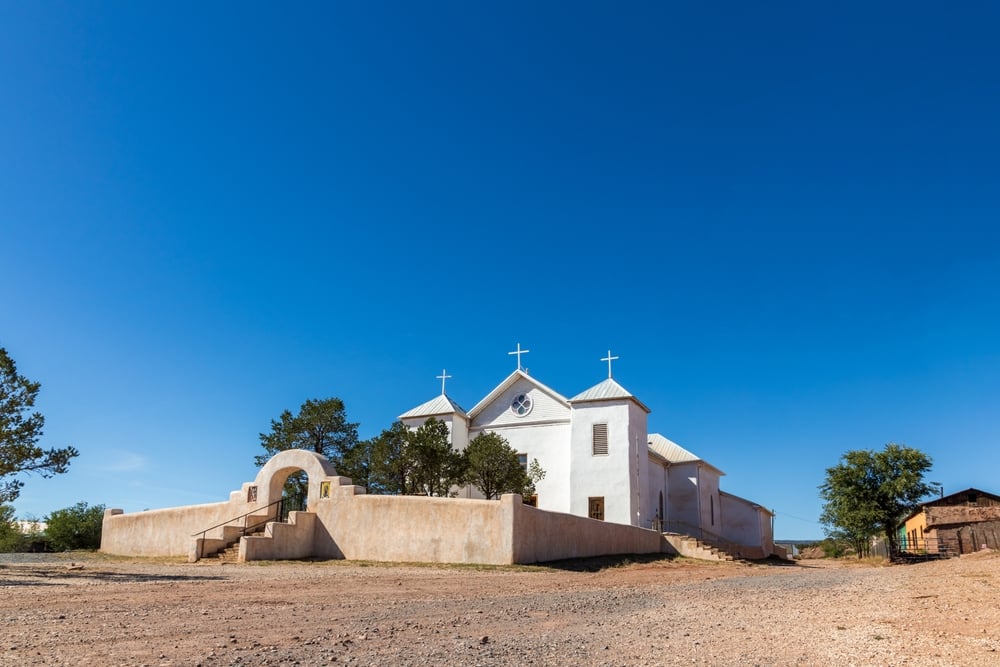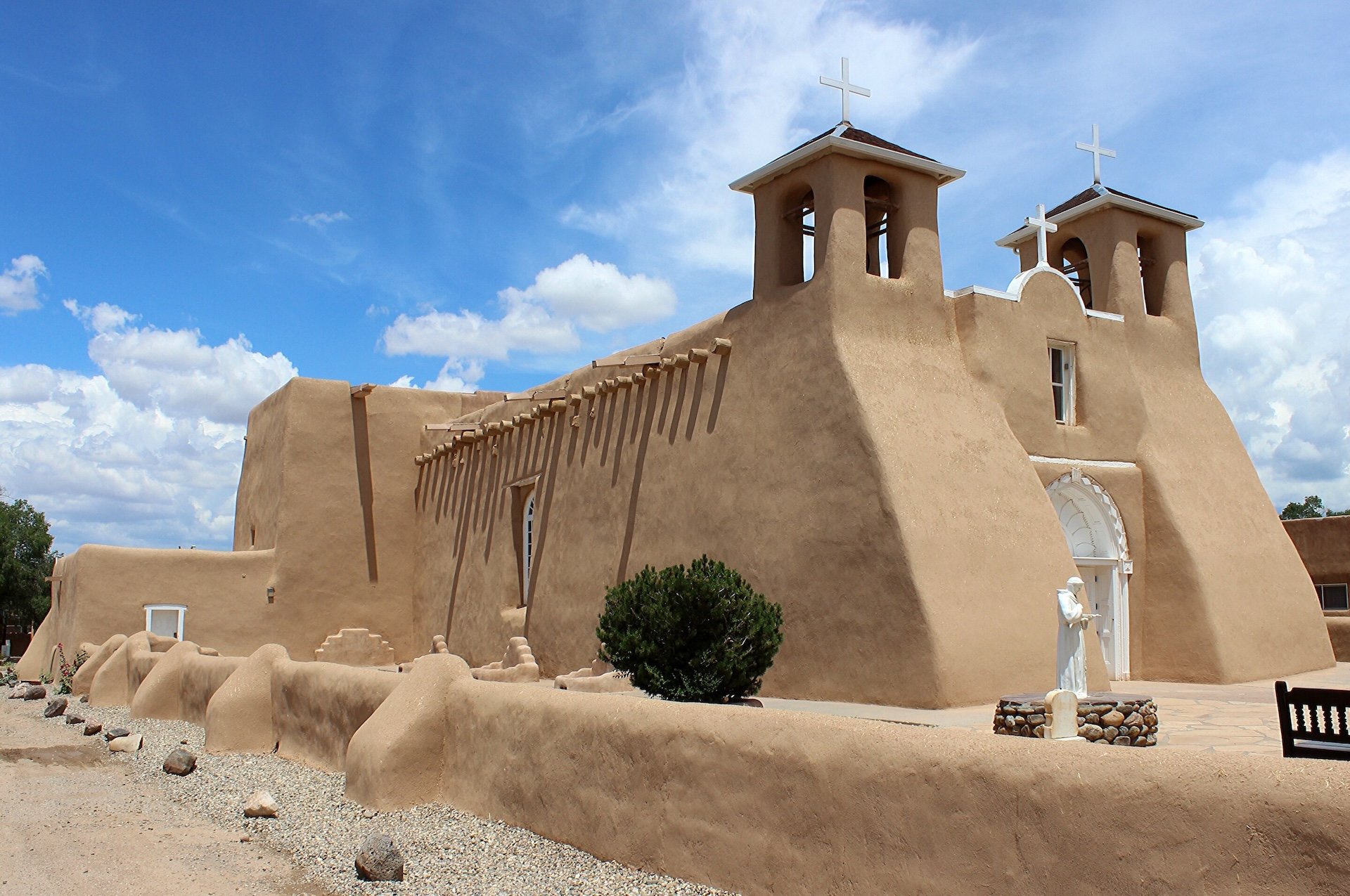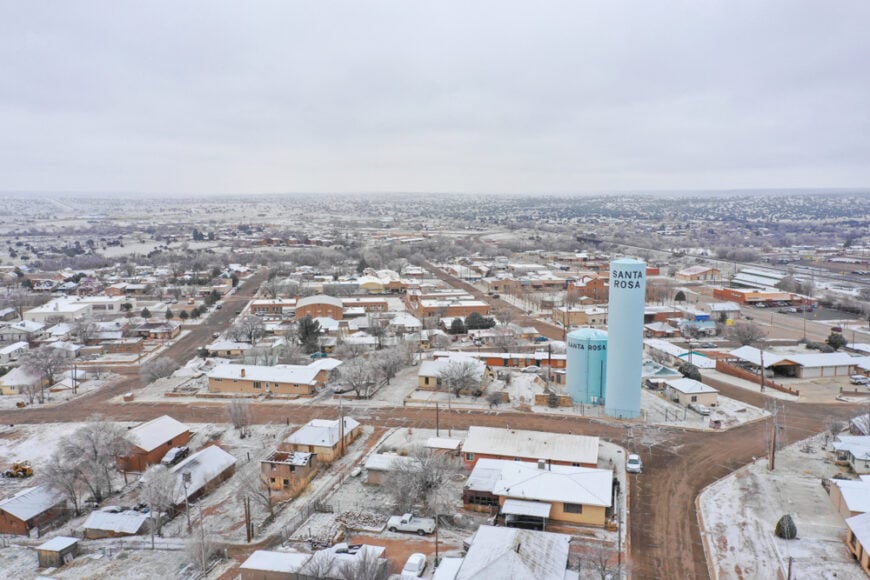
I’ve spent years roaming the back roads east of the Rio Grande, and what strikes me most is how the past lingers in every adobe wall, cottonwood grove, and crimson-hued ruin.
Eastern New Mexico can feel wide-open and wind-swept, yet its small towns are threaded together by stories that reach deep into Pueblo, Apache, and Spanish history.
From lonely mission churches standing guard over ancient plazas to bustling modern communities that still celebrate their Indigenous roots, each stop invites me to slow down and listen.
If you’re chasing a genuine connection to the region’s earliest cultures, while still finding a friendly café or quirky museum around the corner, these fifteen towns belong on your map. I’ve ordered them as a countdown, saving my personal favorite for last, so you can feel the anticipation build with every mile. Let’s start the journey.
15. Clovis – Echoes of the First Americans

Clovis is a town that carries the weight of history beneath its soil. Known for its proximity to ancient archaeological sites, it is home to the famous Blackwater Draw, where evidence of the Clovis culture—one of the earliest known civilizations in North America—was discovered.
I love visiting the Blackwater Draw Museum, where artifacts like fluted spear points and stone tools tell the story of early hunters who roamed these plains thousands of years ago. Walking through the excavation site itself, I can almost imagine the mammoths and giant bison that once dominated the landscape.
Beyond its archaeological significance, Clovis embraces its heritage through local events and educational programs that highlight the region’s indigenous past. Whether I’m exploring the museum or standing on the land where ancient people once lived, Clovis always feels like a gateway to the earliest chapters of human history.
3-4 bedroom homes in Clovis typically range from $140,000 to $320,000, making it an accessible place for those interested in living near one of the most significant prehistoric sites in North America.
Where is Clovis?
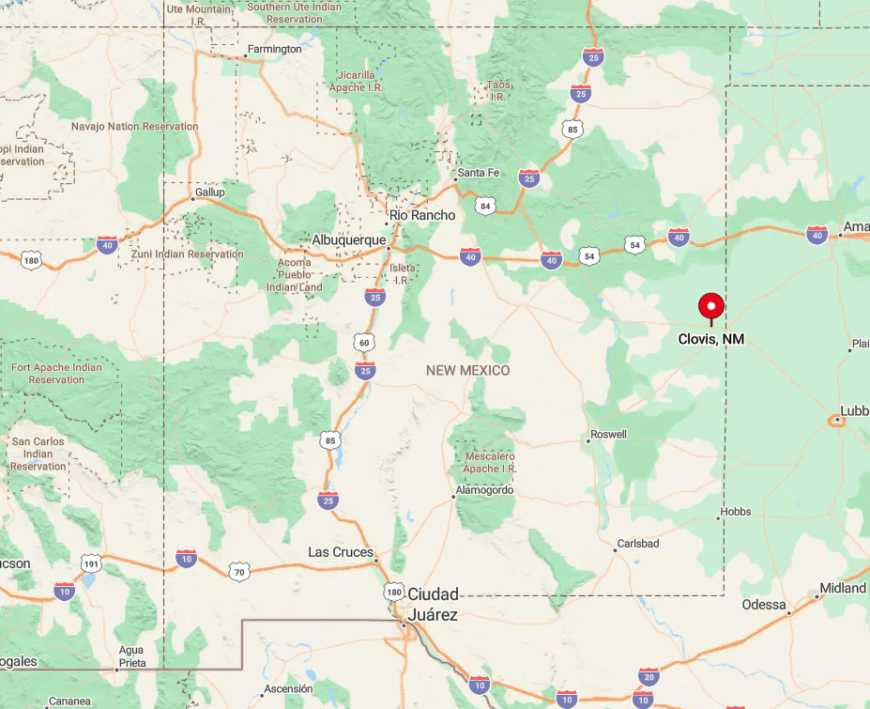
Clovis is located in eastern New Mexico, near the Texas border. It sits along U.S. Highway 60, making it a convenient stop for travelers exploring the state’s rich archaeological heritage.
I usually take Highway 60 west from Amarillo, enjoying the drive through open plains before arriving in Clovis. Its location makes it a perfect place to experience the deep history of the Southwest.
14. Portales – A Window into Prehistoric Life
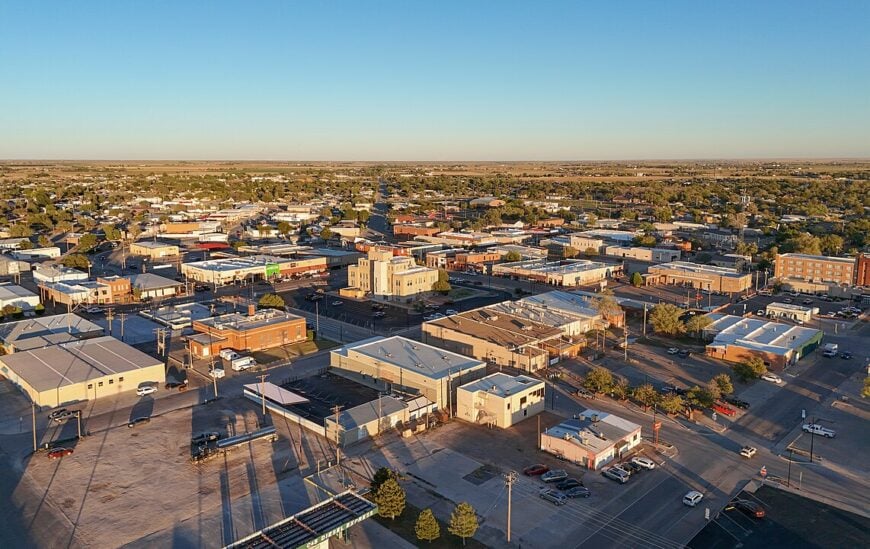
Portales is a town where history runs deep, especially at Blackwater Draw, an important prehistoric site that has reshaped our understanding of early human life in North America.
I love exploring the Blackwater Draw National Historic Landmark, where ancient artifacts and preserved excavation sites reveal the lives of early hunters who thrived here over 13,000 years ago. The museum on the Eastern New Mexico University campus provides an incredible look at the tools and techniques used by these early inhabitants.
Beyond its archaeological significance, Portales has a strong cultural identity, with local festivals and historical exhibits celebrating its indigenous past. Whether I’m walking through the excavation site or learning about early civilizations, Portales always offers a fascinating glimpse into the distant past.
3-4 bedroom homes in Portales typically range from $120,000 to $280,000, making it an affordable option for those looking to live near one of the most important prehistoric sites in the Southwest.
Where is Portales?
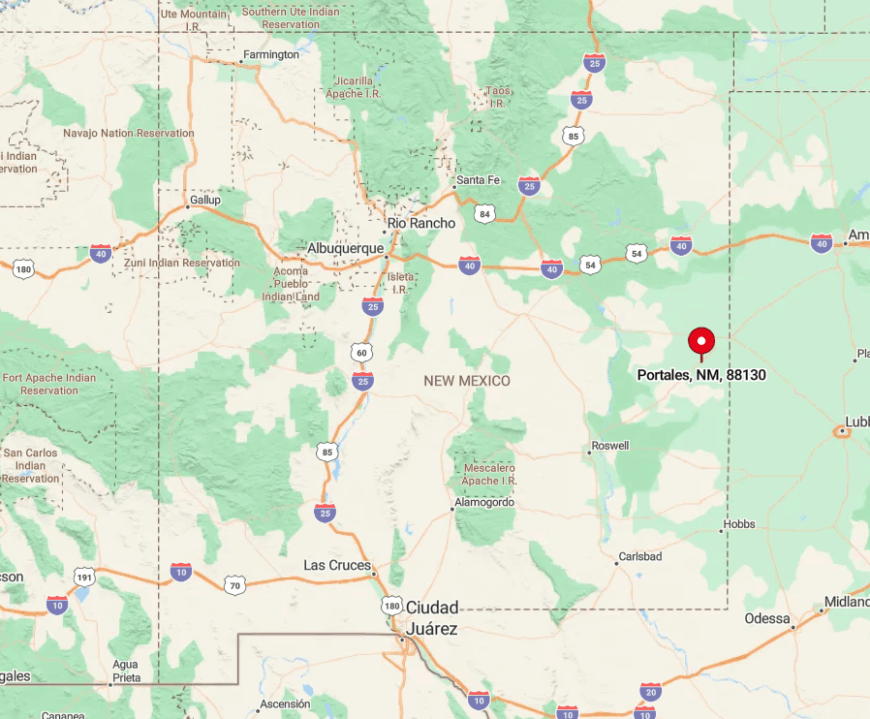
Portales is located in Roosevelt County, in eastern New Mexico. It sits along U.S. Highway 70, making it an accessible stop for travelers interested in exploring the region’s archaeological wonders.
I usually take Highway 70 south from Clovis, enjoying the drive through rolling plains before arriving in Portales. Its location makes it a great place to experience both history and modern small-town charm.
13. Tucumcari – A Crossroads of Native American Culture
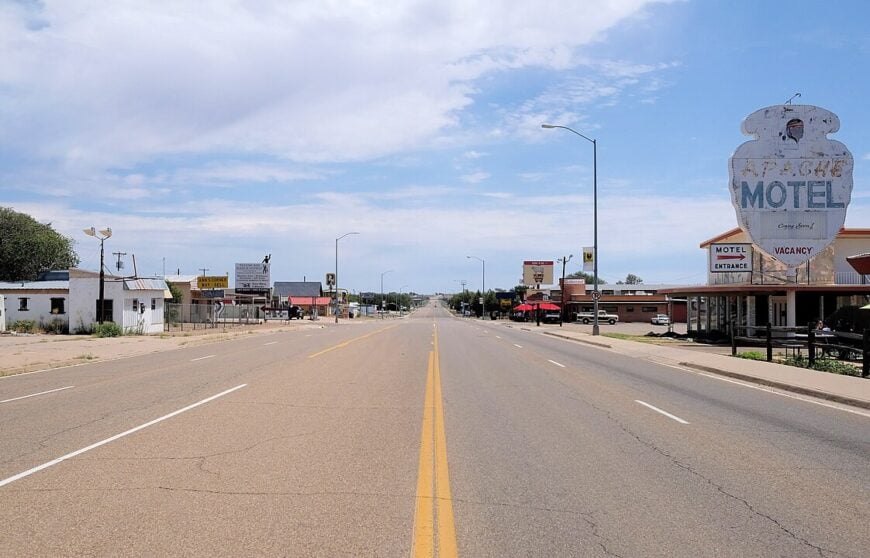
Tucumcari is a town where Native American history and culture are woven into the fabric of everyday life. From its name, which is believed to have Comanche origins, to its proximity to ancient indigenous sites, the town stands as a testament to the deep roots of Native peoples in the Southwest.
I love visiting Tucumcari Mountain, a landmark that has been significant to indigenous tribes for centuries. The town’s museums and cultural centers showcase artifacts and stories that highlight the traditions of the Apache, Comanche, and Pueblo peoples who once thrived in this region.
Beyond its historical significance, Tucumcari embraces its heritage through art, festivals, and storytelling. Whether I’m admiring Native American murals or learning about the town’s indigenous past, Tucumcari always feels like a place where history and culture come alive.
3-4 bedroom homes in Tucumcari typically range from $95,000 to $210,000, making it an affordable option for those looking to live in a town rich with Native American history.
Where is Tucumcari?
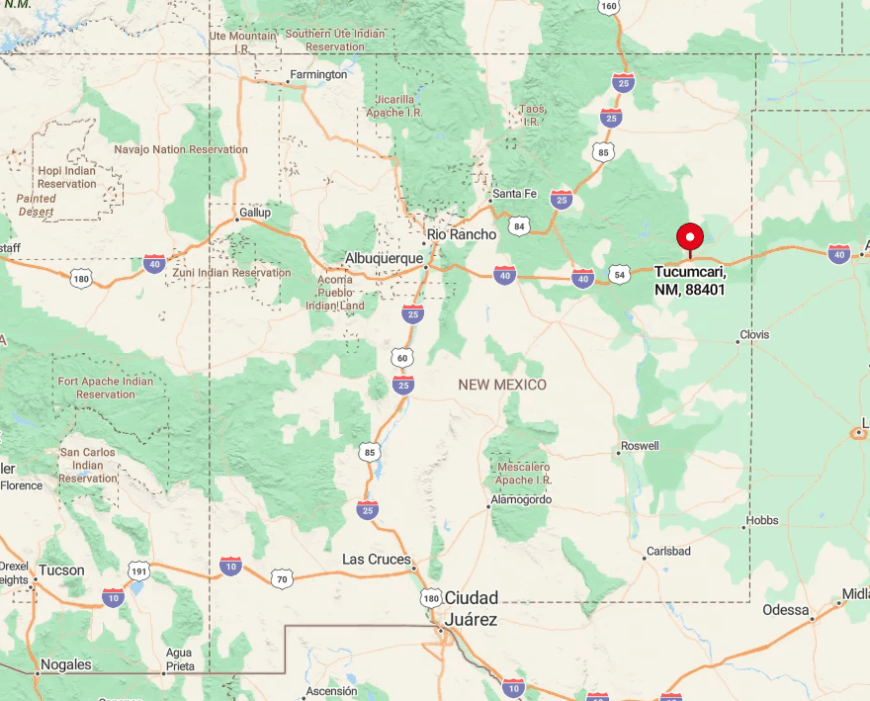
Tucumcari is located in Quay County, in eastern New Mexico. It sits along Interstate 40, making it a convenient stop for travelers exploring the state’s indigenous heritage.
I usually take I-40 west from Amarillo, enjoying the drive through desert landscapes before arriving in Tucumcari. Its location makes it a perfect place to experience the intersection of Native American history and modern Southwestern culture.
12. Logan – A Lakeside Town with Indigenous Roots
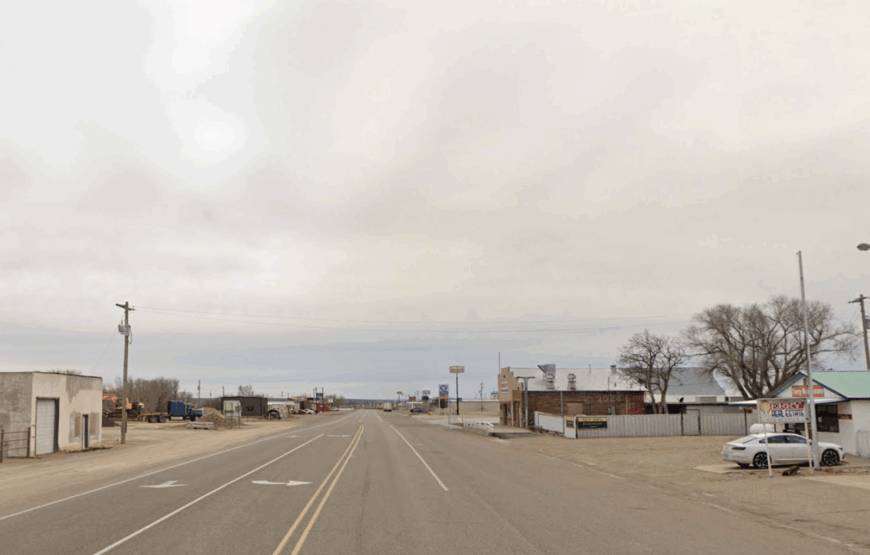
Logan is a town where history and nature intertwine. Located near Ute Lake, it has long been a place of significance for indigenous communities who relied on the lake’s resources for survival and trade.
I love visiting Ute Lake State Park, where the waters reflect the vast sky and the land holds echoes of the past. The area was once home to Native American tribes who used the lake for fishing and gathering, leaving behind traces of their presence in the form of artifacts and cultural sites.
Beyond its indigenous heritage, Logan offers a peaceful retreat for those who appreciate both history and outdoor adventure. 3-4 bedroom homes in Logan typically range from $150,000 to $320,000, making it an affordable option for those looking to live near a historically significant lake.
Where is Logan?
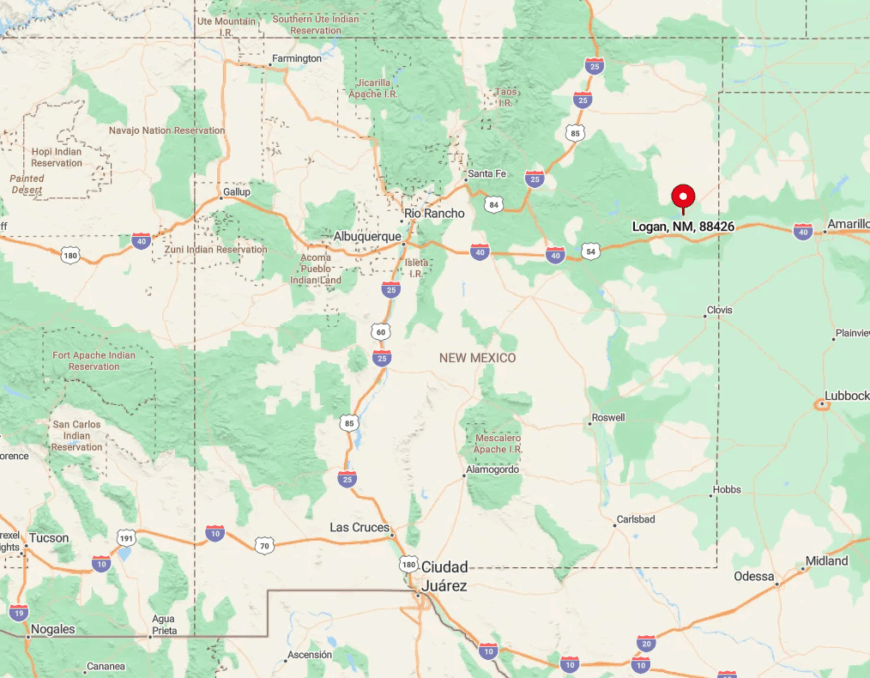
Logan is located in Quay County, in eastern New Mexico. It sits along U.S. Highway 54, making it an accessible stop for travelers exploring the state’s indigenous heritage.
I usually take Highway 54 west from Tucumcari, enjoying the drive through open landscapes before arriving in Logan. Its location makes it a perfect place to experience both history and natural beauty.
11. Clayton – A Crossroads of Indigenous and Pioneer History

Clayton is a town where Native American history and pioneer heritage intersect. Located near the Kiowa National Grassland, it has long been a region inhabited by indigenous peoples who relied on the land’s resources for hunting and trade.
I love visiting the Kiowa National Grassland, where the rolling plains stretch endlessly, offering a glimpse into the landscapes that Native American tribes once called home. The area is rich with history, from ancient hunting grounds to remnants of early settlements.
Beyond its indigenous significance, Clayton embraces its heritage through museums and historical sites that tell the story of both Native American and pioneer life. 3-4 bedroom homes in Clayton typically range from $180,000 to $400,000, making it an attractive option for those looking to live in a town with deep historical roots.
Where is Clayton?
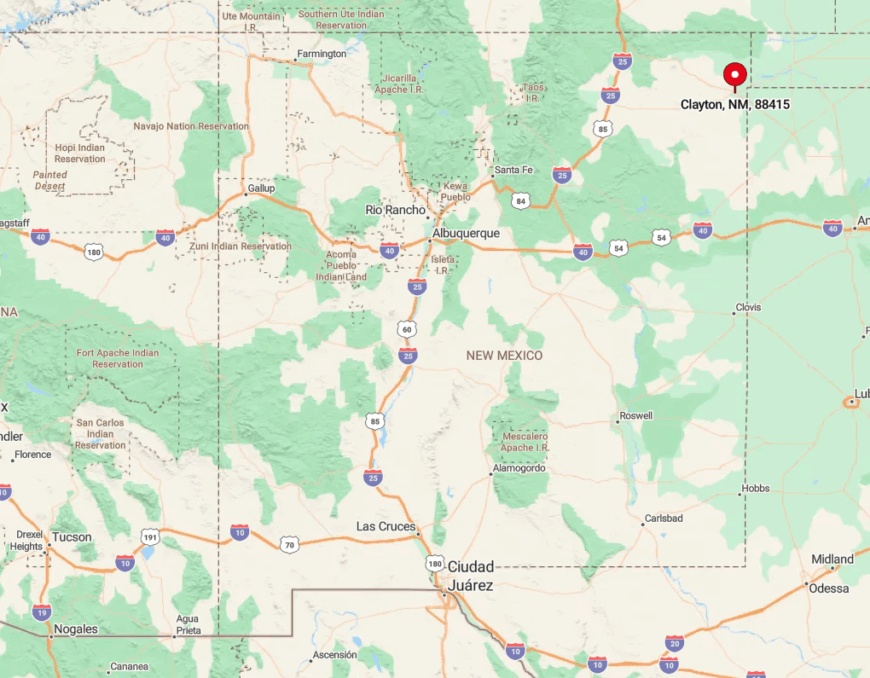
Clayton is located in Union County, in northeastern New Mexico. It sits along U.S. Highway 87, making it a convenient stop for travelers exploring the state’s indigenous and pioneer history.
I usually take Highway 87 north from Raton, enjoying the drive through vast grasslands before arriving in Clayton. Its location makes it a perfect place to experience the intersection of Native American and frontier history.
10. Santa Rosa – A Town Rooted in Indigenous History
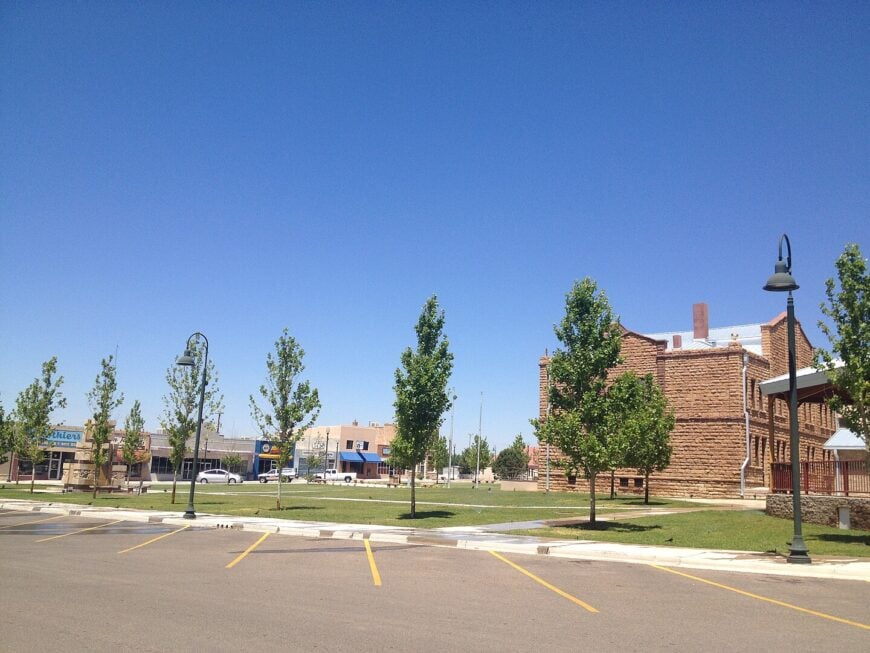
Santa Rosa is a place where history feels alive. Known for its connection to indigenous heritage, the town has long been a crossroads for Native American communities.
I love visiting the historic sites that reflect the presence of Pueblo peoples who once thrived in this region. The area’s natural lakes, including the famous Blue Hole, were important gathering spots for indigenous groups, providing water and sustenance in the arid landscape.
Beyond its historical significance, Santa Rosa embraces its heritage through cultural events and local storytelling. Whether I’m exploring the town’s past or admiring its natural beauty, Santa Rosa always offers a meaningful experience.
3-4 bedroom homes in Santa Rosa typically range from $160,000 to $350,000, making it an affordable option for those looking to live in a town with deep indigenous roots.
Where is Santa Rosa?
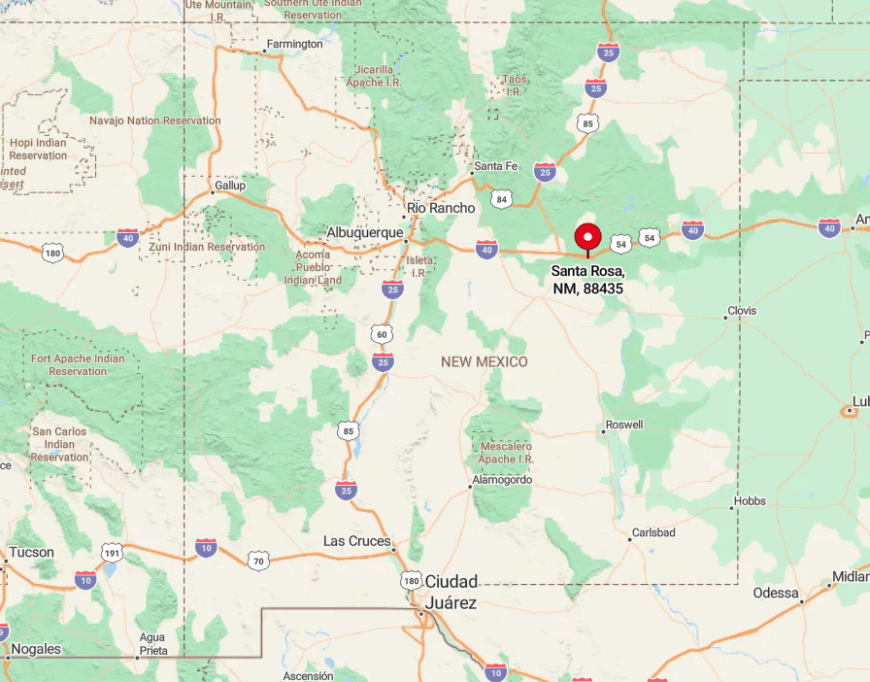
Santa Rosa is located in Guadalupe County, in eastern New Mexico. It sits along U.S. Route 66, making it a convenient stop for travelers exploring the state’s indigenous heritage.
I usually take Interstate 40 west from Tucumcari, enjoying the drive through desert landscapes before arriving in Santa Rosa. Its location makes it a perfect place to experience both history and natural wonders.
9. Fort Sumner – A Place of Remembrance and Resilience

Fort Sumner is a town that carries a profound historical weight. Known for the Bosque Redondo Memorial, it stands as a reminder of the hardships endured by the Navajo and Mescalero Apache peoples during their forced relocation in the 1860s.
I love visiting the memorial, where exhibits and preserved sites tell the story of the Long Walk and the resilience of the indigenous communities who suffered here. Walking through the grounds, I can feel the echoes of history, making it a deeply moving experience.
Whether I’m learning about its role in Native American history or reflecting on the stories of survival. 3-4 bedroom homes in Fort Sumner typically range from $140,000 to $280,000, offering a peaceful setting with deep historical roots.
Where is Fort Sumner?
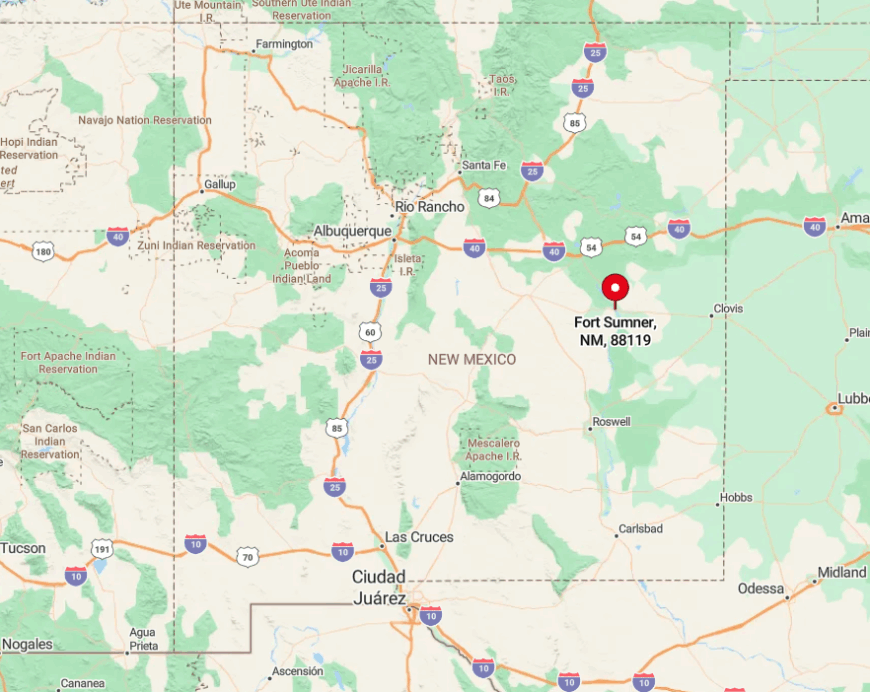
Fort Sumner is located in De Baca County, in eastern New Mexico. It sits along U.S. Route 60, making it an accessible stop for travelers exploring the Bosque Redondo Memorial.
I usually take Highway 60 east from Santa Rosa, enjoying the drive through open plains before arriving in Fort Sumner. Its location makes it a meaningful place to reflect on the history of the Southwest.
8. Vaughn – A Historic Trade Route Town
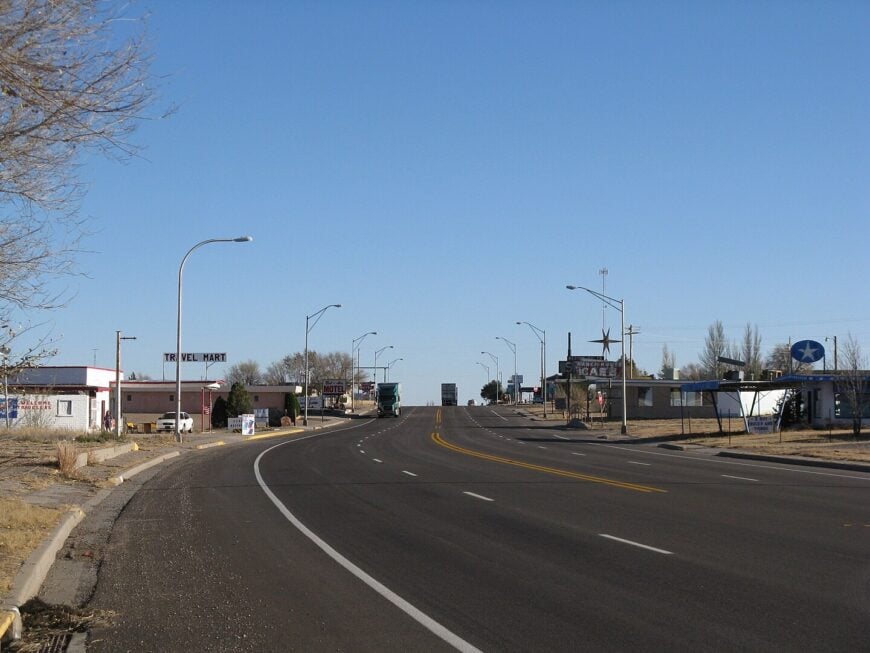
Vaughn is a town where history and commerce have long been intertwined. With historical connections to indigenous trade routes, it has served as a meeting point for travelers and traders for centuries.
I love exploring the remnants of old trade paths that once linked Native American communities across the region. The town’s railroad history also adds to its significance, making it a fascinating place to learn about the movement of goods and people.
Beyond its historical importance, Vaughn offers a quiet, rural atmosphere. Whether I’m tracing the paths of early traders or admiring the town’s historic sites, Vaughn always feels like a place where the past meets the present.
3-4 bedroom homes in Vaughn typically range from $120,000 to $260,000, making it an affordable option for those looking to live in a town with deep historical connections.
Where is Vaughn?
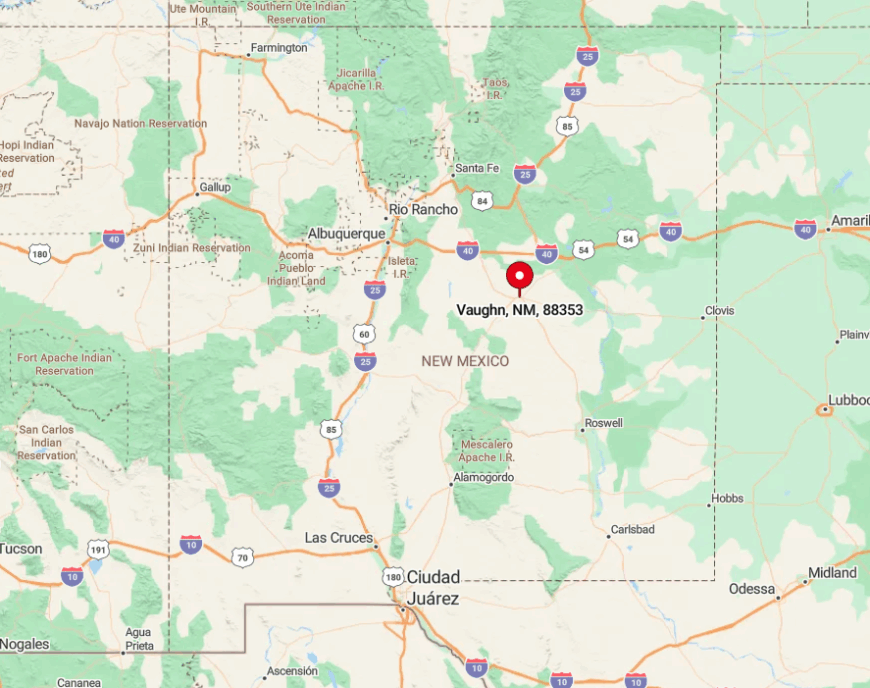
Vaughn is located in Guadalupe County, in eastern New Mexico. It sits at the intersection of several highways, making it a convenient stop for travelers exploring the state’s trade history.
I usually take U.S. Route 54 south from Santa Rosa, enjoying the drive through open landscapes before arriving in Vaughn. Its location makes it a great place to experience the history of trade and travel in the Southwest.
7. Melrose – A Town with Ancient Puebloan Influence

Melrose is a place where history and landscape blend seamlessly. Located in eastern New Mexico, it sits near areas that once held ancient Puebloan settlements, making it a fascinating stop for those interested in indigenous heritage.
I love exploring the surrounding plains, where traces of early Puebloan life can still be found in archaeological sites. The town itself has a quiet charm, with historic buildings and a strong sense of community that reflects its deep-rooted past.
Beyond its historical significance, Melrose offers a peaceful retreat for those who appreciate both history and rural beauty. Whether I’m learning about the town’s indigenous connections or simply enjoying the open landscapes, Melrose always feels like a place where history lingers.
3-4 bedroom homes in Melrose typically range from $130,000 to $290,000, making it an affordable option for those looking to live near areas with ancient Puebloan influence.
Where is Melrose?
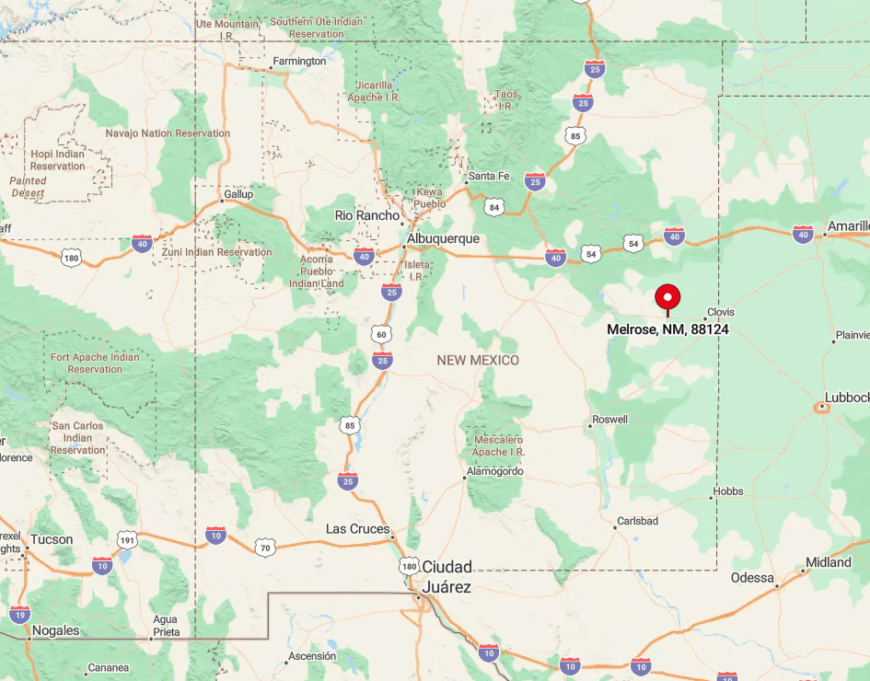
Melrose is located in Curry County, in eastern New Mexico. It sits along U.S. Highway 60, making it an accessible stop for travelers exploring the state’s indigenous heritage.
I usually take Highway 60 west from Clovis, enjoying the drive through open plains before arriving in Melrose. Its location makes it a great place to experience both history and small-town charm.
6. Grady – A Rural Town with Ties to Early Native Settlements
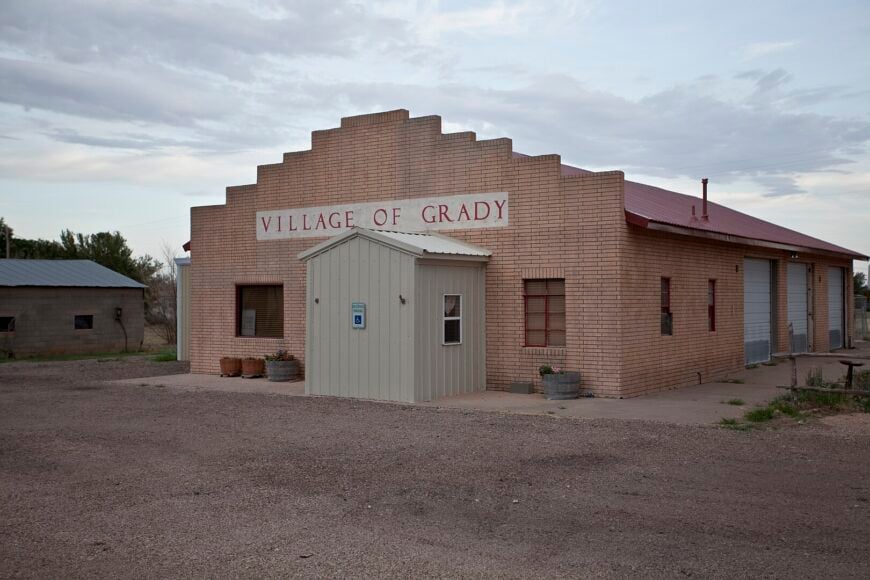
Grady is a town where history and landscape tell the story of early Native American life. Located in eastern New Mexico, it has long been a region inhabited by indigenous peoples who relied on the land’s resources for survival.
I love visiting the surrounding plains, where remnants of early settlements can still be found. The town’s quiet atmosphere and strong agricultural roots make it a unique place to explore the intersection of history and rural life.
Grady offers a peaceful setting for those who appreciate history and open spaces. Whether I’m learning about its early Native connections or simply enjoying the vast landscapes, Grady always feels like a place where the past is present.
3-4 bedroom homes in Grady typically range from $110,000 to $250,000, making it an affordable option for those looking to live in a town with deep historical ties.
Where is Grady?
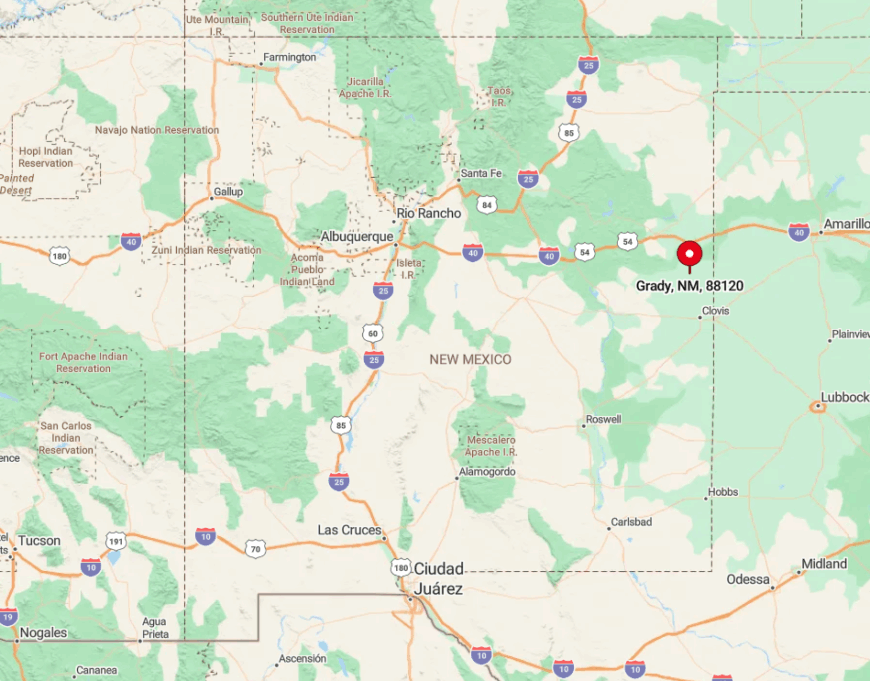
Grady is located in Curry County, in eastern New Mexico. It sits along U.S. Highway 209, making it an accessible stop for travelers exploring the state’s indigenous heritage.
I usually take Highway 209 north from Clovis, enjoying the drive through rolling plains before arriving in Grady. Its location makes it a great place to experience both history and rural tranquility.
5. San Jon – A Crossroads of Indigenous Trails
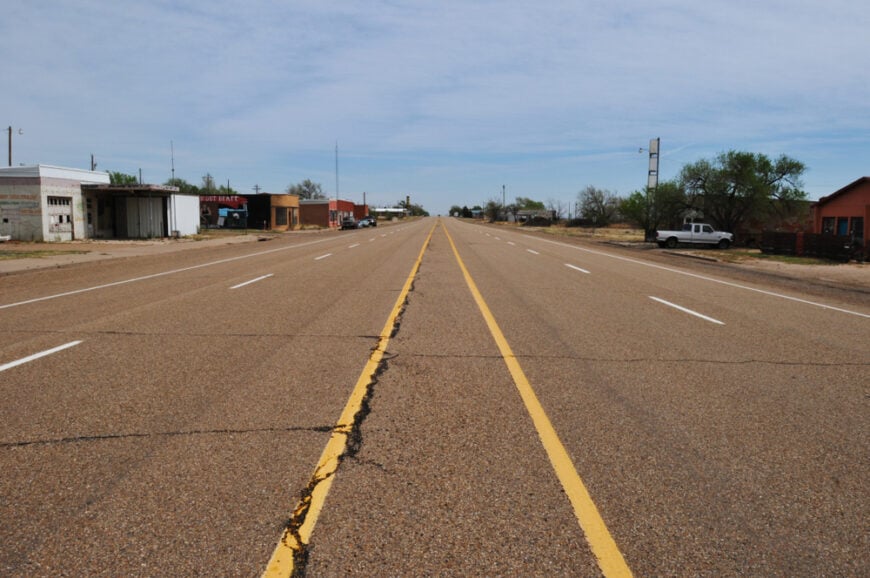
San Jon is a town where history and landscape tell the story of movement and migration. Located near historic indigenous trails, it has long been a passageway for Native American communities traveling across the Southwest.
I love exploring the surrounding plains, where remnants of early trade routes can still be traced. The town’s quiet atmosphere and strong connection to the land make it a fascinating place to reflect on the journeys of those who came before.
San Jon offers a peaceful setting for those who appreciate history and open spaces. Whether I’m learning about its early Native connections or simply enjoying the vast landscapes, San Jon always feels like a place where the past is present.
3-4 bedroom homes in San Jon typically range from $115,000 to $260,000, making it an affordable option for those looking to live in a town with deep historical ties.
Where is San Jon?
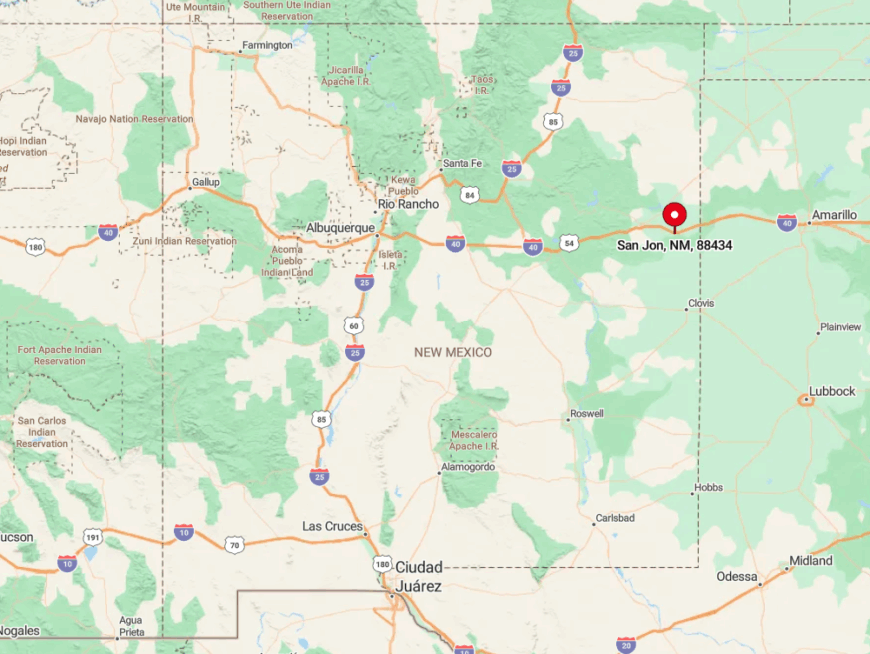
San Jon is located in Quay County, in eastern New Mexico. It sits along Interstate 40, making it an accessible stop for travelers exploring the state’s indigenous heritage.
I usually take I-40 east from Tucumcari, enjoying the drive through rolling plains before arriving in San Jon. Its location makes it a great place to experience both history and rural tranquility.
4. House – A Small Town with Puebloan Influence
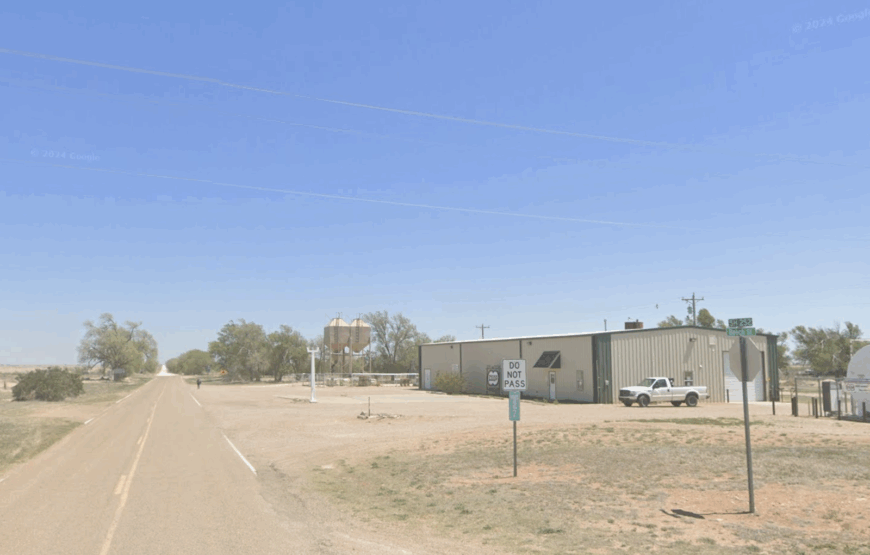
House is a town where traces of early Puebloan culture can still be found. Located in eastern New Mexico, it sits near areas that once held ancient settlements, making it a fascinating stop for those interested in indigenous heritage.
I love exploring the surrounding landscapes, where evidence of early Puebloan life remains in archaeological sites. The town itself has a quiet charm, with historic buildings and a strong sense of community that reflects its deep-rooted past.
Beyond its historical significance, House offers a peaceful retreat for those who appreciate both history and rural beauty. Whether I’m learning about the town’s indigenous connections or simply enjoying the open landscapes, House always feels like a place where history lingers.
3-4 bedroom homes in House typically range from $130,000 to $290,000, making it an affordable option for those looking to live near areas with ancient Puebloan influence.
Where is House?
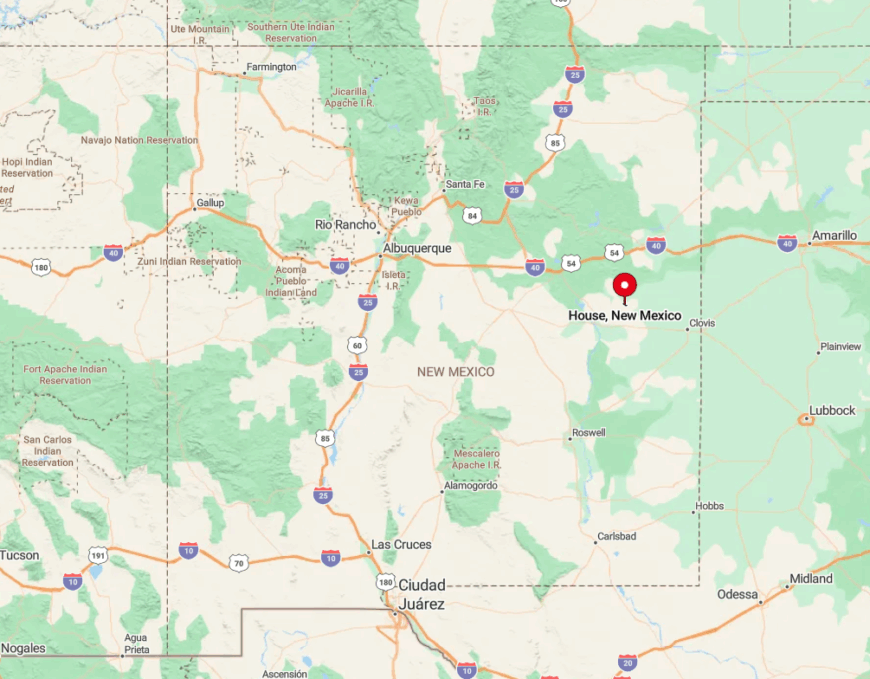
House is located in Roosevelt County, in eastern New Mexico. It sits along U.S. Highway 60, making it an accessible stop for travelers exploring the state’s indigenous heritage.
I usually take Highway 60 west from Clovis, enjoying the drive through open plains before arriving in House. Its location makes it a great place to experience both history and small-town charm.
3. Nara Visa – A Town with Deep Indigenous History
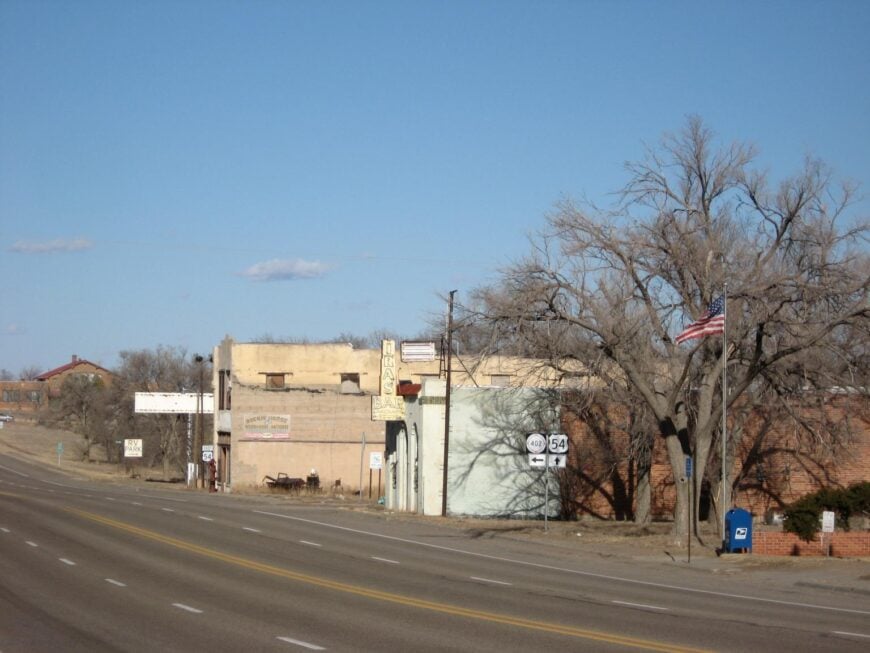
Nara Visa is a place where Native American history is woven into the land itself. Located in eastern New Mexico, it has long been a region inhabited by indigenous peoples who relied on the land’s resources for survival.
I love visiting the historical markers that highlight the town’s indigenous past. The surrounding plains were once home to buffalo and Plains Indian tribes, leaving behind traces of their presence in the form of artifacts and cultural sites.
Nara Visa offers a quiet setting for those who appreciate history and open spaces. 3-4 bedroom homes in Nara Visa typically range from $110,000 to $250,000, making it an affordable option for those looking to live in a town with deep historical ties.
Where is Nara Visa?
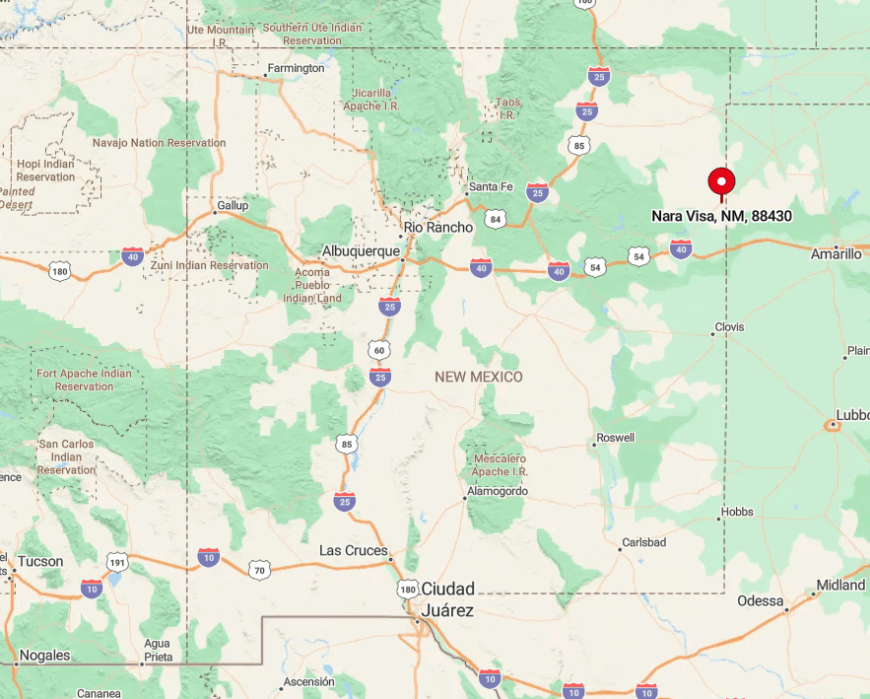
For those driving from major cities like Albuquerque, taking Interstate 40 east toward Tucumcari and then transitioning onto U.S. Highway 54 provides a smooth route. If you’re coming from Texas, U.S. Highway 54 stretches northwest from Dalhart, offering a direct path into Nara Visa.
With its strategic position along a well-traveled highway, Nara Visa serves as an easy and scenic stop for road trippers, history enthusiasts, and those wanting to experience the quiet charm of eastern New Mexico.
2. Roy – A Historic Town Along the Canadian River
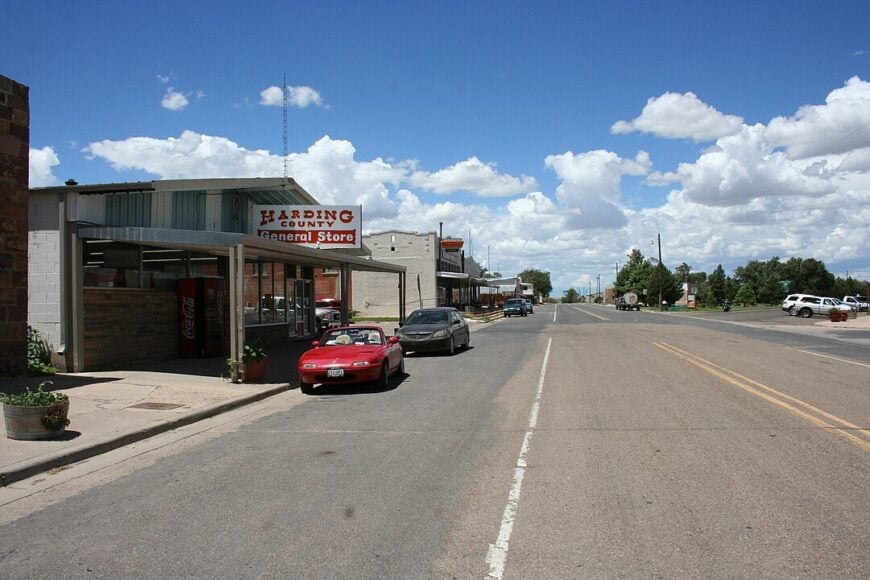
Roy is a town where history and landscape tell the story of indigenous life along the Canadian River. Located in northeastern New Mexico, it has long been a region inhabited by Native American communities who relied on the river for trade, travel, and sustenance.
I love visiting the surrounding grasslands, where traces of early settlements and hunting grounds can still be found. The town’s quiet atmosphere and strong connection to the land make it a fascinating place to reflect on the journeys of those who came before.
Roy offers a peaceful setting for those who appreciate history and open spaces. 3-4 bedroom homes in Roy typically range from $120,000 to $270,000, making it an affordable option for those looking to live in a town with deep historical ties.
Where is Roy?
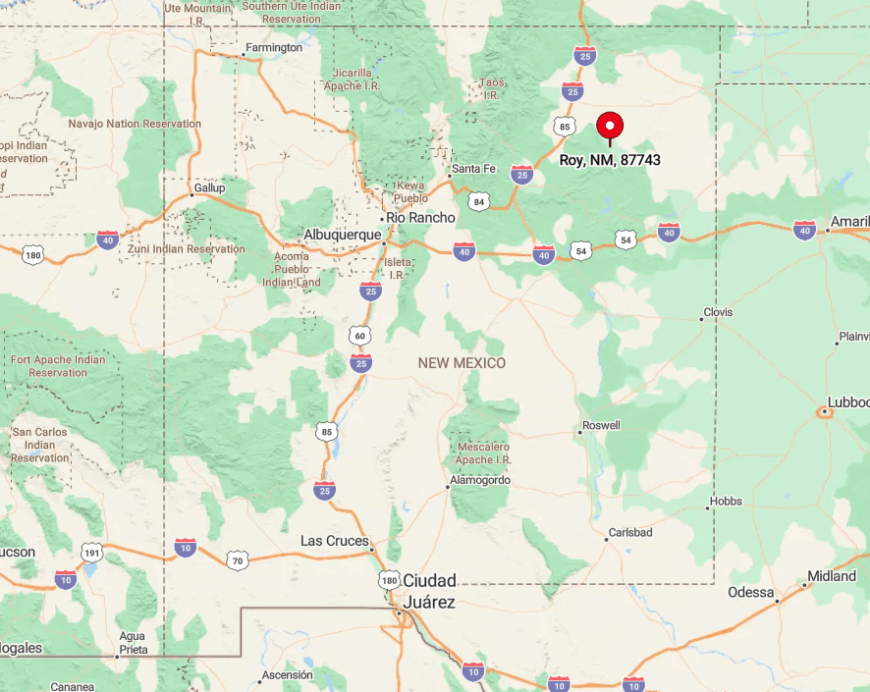
Roy is located in Harding County, in northeastern New Mexico. It sits along U.S. Highway 39, making it an accessible stop for travelers exploring the state’s indigenous heritage.
I usually take Highway 39 south from Springer, enjoying the drive through rolling plains before arriving in Roy. Its location makes it a great place to experience both history and rural tranquility.
1. Mosquero – A Town with Deep Indigenous Heritage
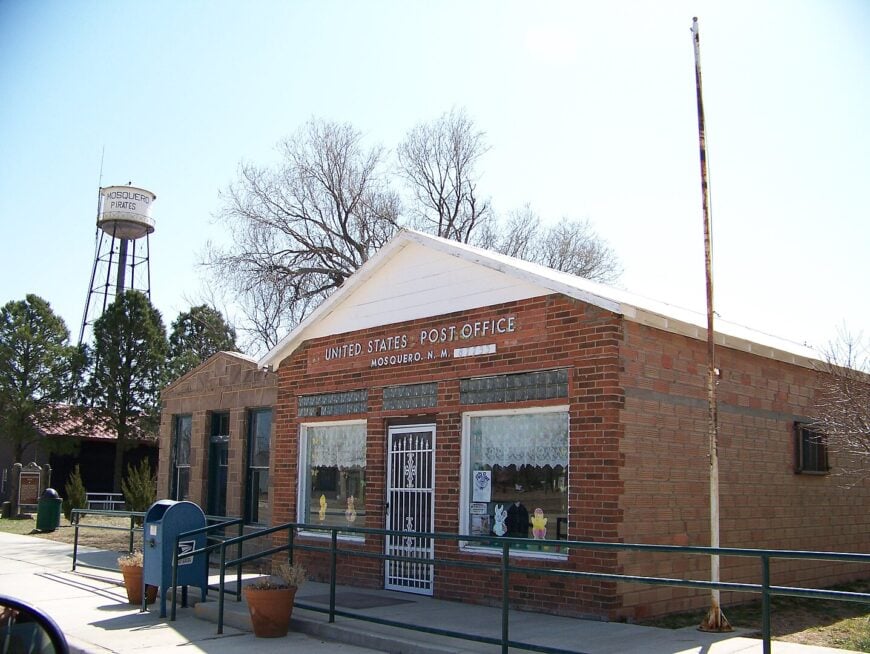
Mosquero is a place where Native American history is woven into the land itself. Located in northeastern New Mexico, it has long been a region inhabited by indigenous peoples who relied on the land’s resources for survival.
I love visiting the Mosquero Museum Western Heritage, where exhibits highlight the town’s indigenous past and showcase artifacts from early Native American settlements. The surrounding plains were once home to buffalo and Plains Indian tribes, leaving behind traces of their presence in the form of cultural sites and historical markers.
Mosquero offers a quiet setting for those who appreciate history and open spaces. Whether I’m learning about its early Native connections or simply enjoying the vast landscapes, Mosquero always feels like a place where the past is present.
3-4 bedroom homes in Mosquero typically range from $110,000 to $250,000, making it an affordable option for those looking to live in a town with deep historical ties.
Where is Mosquero?

Mosquero is located in Harding County, in northeastern New Mexico. It sits along New Mexico State Road 39, making it an accessible stop for travelers exploring the state’s indigenous heritage.
I usually take State Road 39 south from Roy, enjoying the drive through rolling plains before arriving in Mosquero. Its location makes it a great place to experience both history and rural tranquility.

